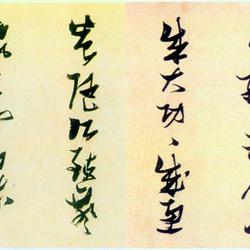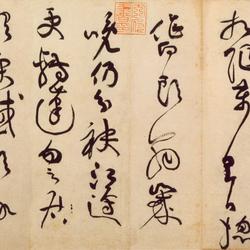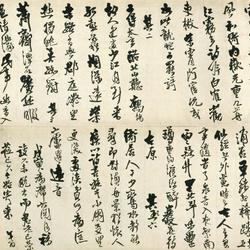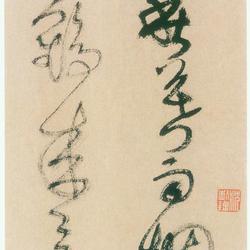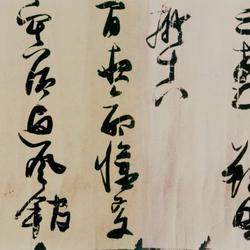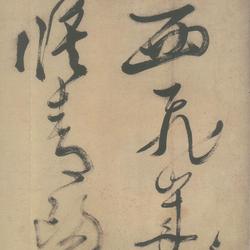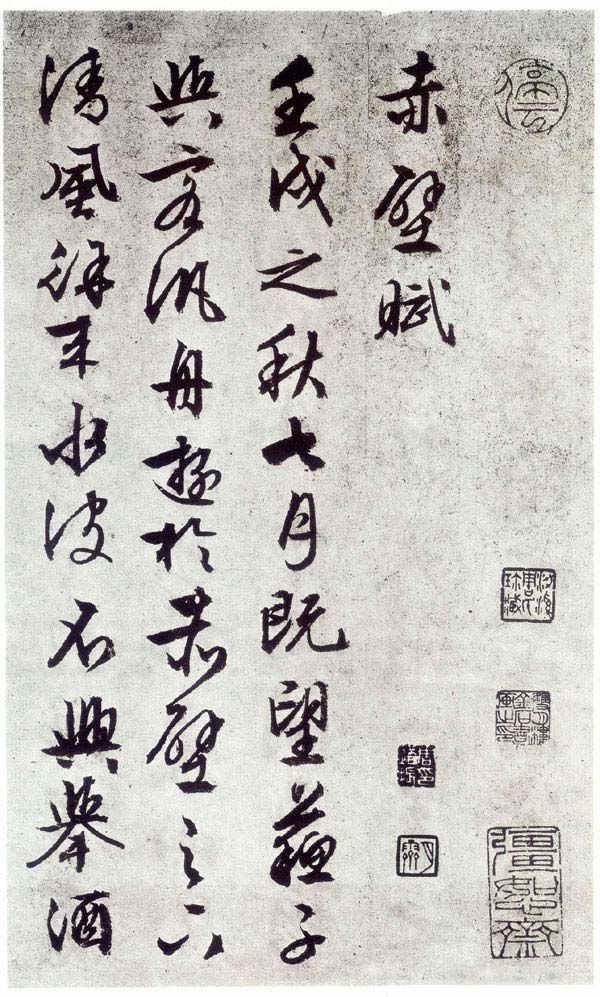
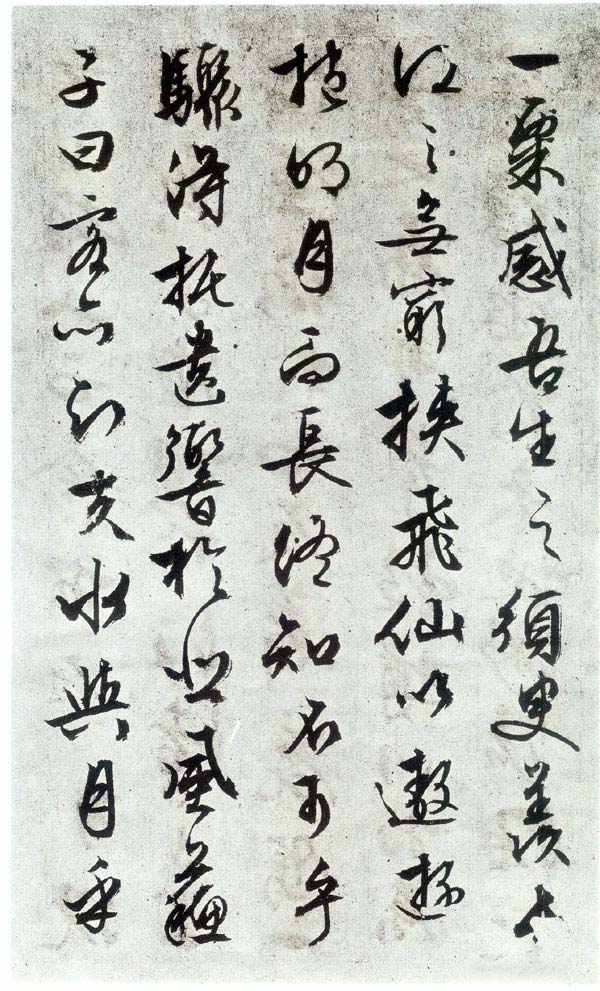
Wen Zhengming's "Chibi Fu" in Cursive Script, Thirty-Seventh Year of Jiajing (1558 AD)
Appendix: Description of the original book.
After the middle of the Ming Dynasty, Wen Zhengming became famous in Jiangnan for his poetry, and his calligraphy and painting had a higher reputation. Later he was considered one of the few representative calligraphers and painters in the Ming Dynasty. As far as calligraphy is concerned, the large characters are strong and powerful, the small regular script is precise and gentle, and they have certain attainments in Zhen, Xing, Cao and Li styles. He started with Su Shi in his early years, and later incorporated the calligraphy styles of Mi Fu, Huang Tingjian and Wang Xizhi, making his calligraphy pure, harmonious and mature without losing its freshness.
Wen Zhengming's original name was Bi, and his courtesy name was Zhengming. Later, the name was changed to Zhengming and changed to Zhengzhong. My ancestor was from Hengshan, Hunan, so he was named Hengshan. He was also called "Wen Daizhao" because he served in the Hanlin Academy for three years. He was born in Changzhou (east of today's Suzhou City) in the sixth year of Chenghua (AD 1470). He had a book title in his youth. He died at the age of ninety in the thirty-eighth year of Jiajing (AD 1559).
Su Shi's "Red Cliff Ode" written by Wen Zhengming has nineteen characters missing from the signature at the end. Fortunately, there is such a record in the third volume of Chen Zhuo's "Xiang Guan Zhai Yu Shang Bian" in the Qing Dynasty: "I was in Yaojiang when Yang Junxu saw his family and waited for the imperial edict to write this poem. The postscript says: "On the 20th day of November in the winter of Wuwu in Jiajing, It was a cold night and I was reading by the bonfire. The paper and ink were poor, and the pen was not perfect, so I couldn't write any words. It was a casual conversation, but the viewer did not hesitate. It will be eighty-nine next year. It has no rusty appearance, which is a treasure. Notes on the ninth month of Renyinqiu. ” Renyin was the forty-seventh year of Qianlong (AD 1782). At that time, the last nineteen characters such as “Liao Qian Xing Er” were still missing. In the 23rd year of Guangxu (AD 1897), when Chen Hao wrote a postscript for the Yun family, it had already been converted into a book by the Yun family. It is impossible to find out how these nineteen characters were lost.
According to the date of the inscription, it was written when Wen Zhengming was eighty-nine, only four months before his death. Although he himself thought that "the pen is not very good, but the characters are not perfect", in fact, compared with other printed versions of "Chibi Fu" that we have seen now, (one, written on July 10th, Renyin, 21st year of Jiajing, Dianshizhai seal ; One, written in July of Gengxu, the 29th year of Jiajing, with the seal of Zhengshu Bureau; one, written by Wang Wang in the second month of Wuwu, the 37th year of Jiajing, originally printed by the Forbidden City, copied by Yiyuan Zhenshang Publishing House; one, printed by Jiajing in the 30th year Written on April 16, 1911, printed by Hakubundo, Japan) are all extremely accurate. "Free and unrestrained wandering, Han Yi and Shen Fei" can be said to have reached the state of "both people and books are old".

